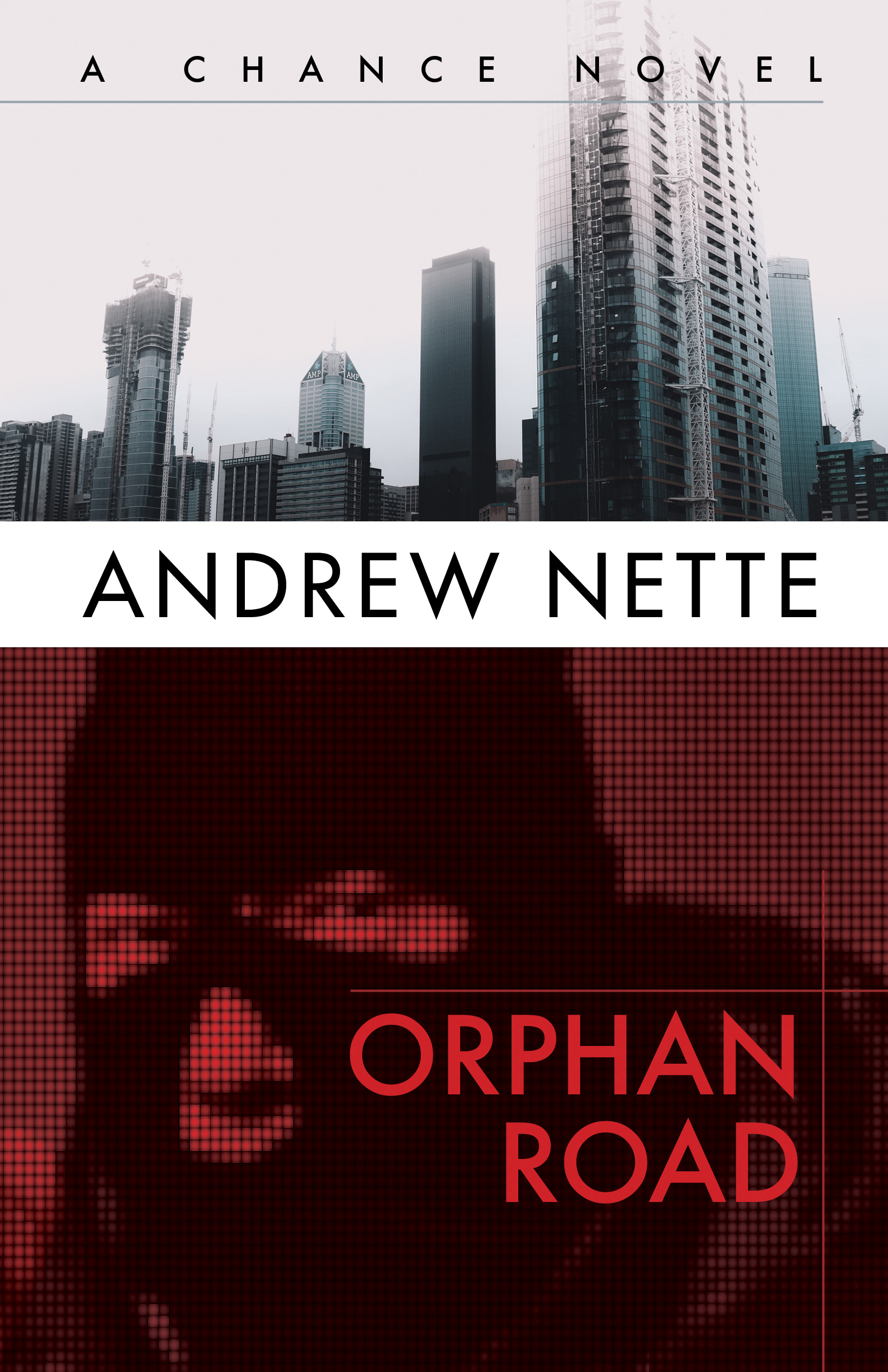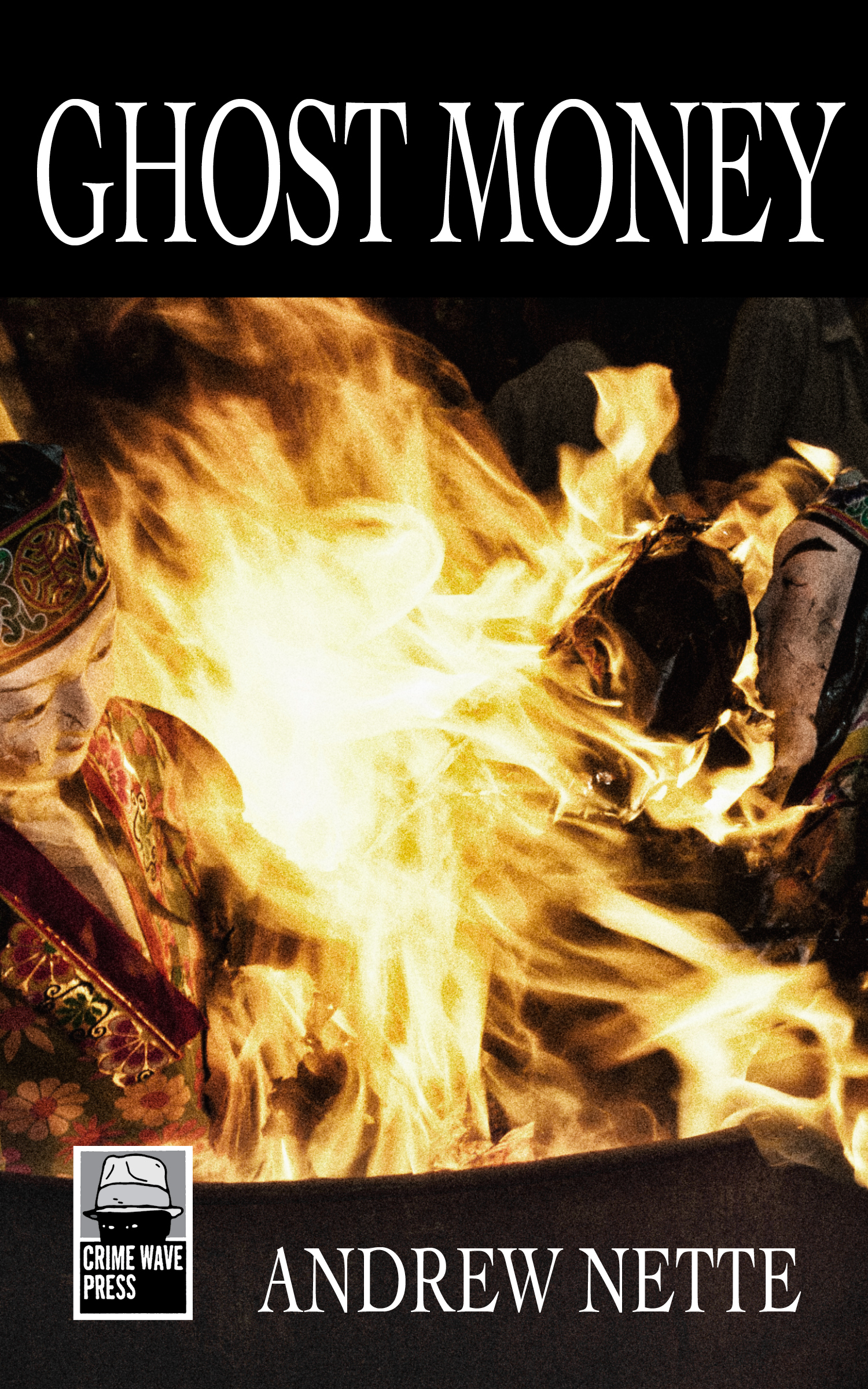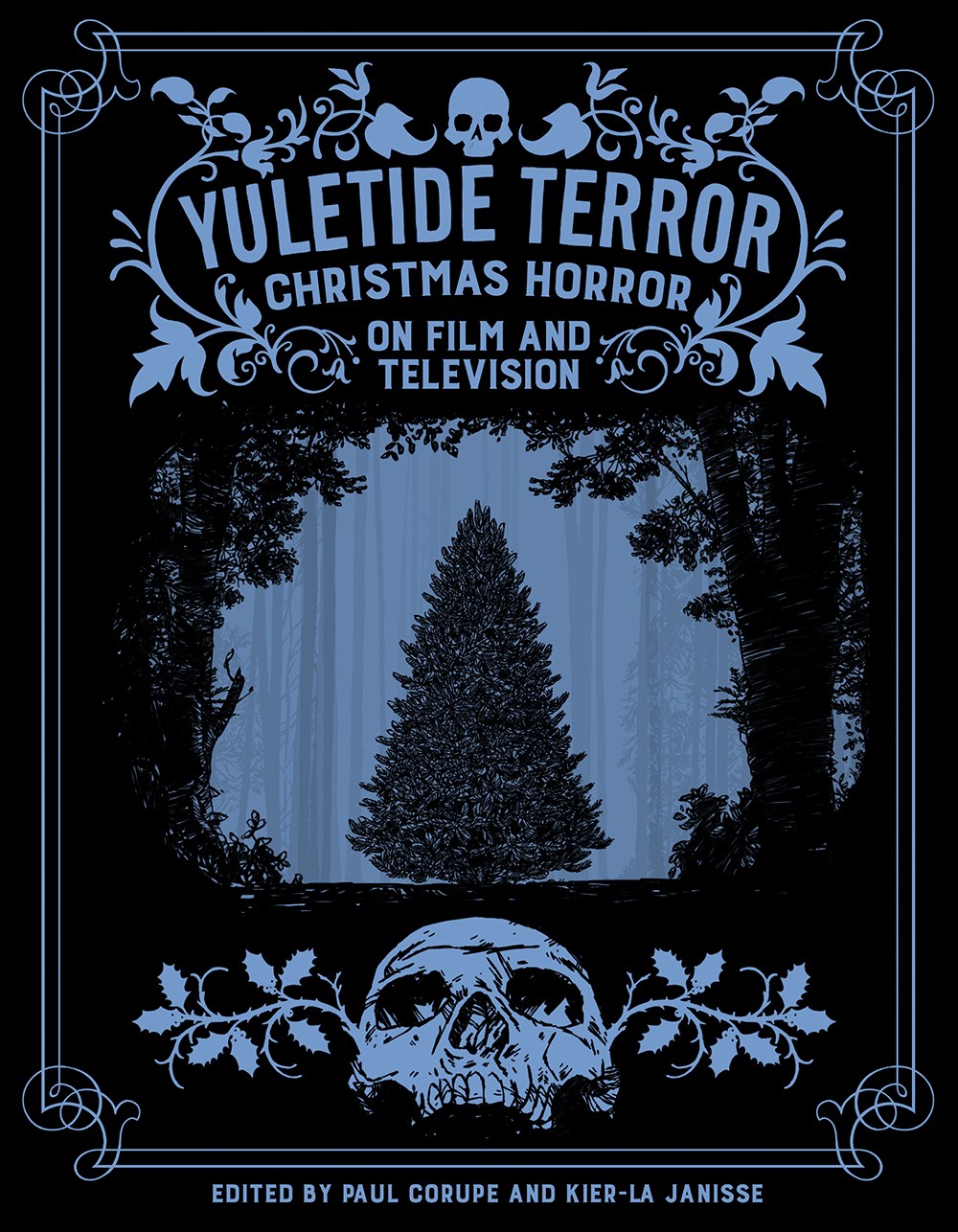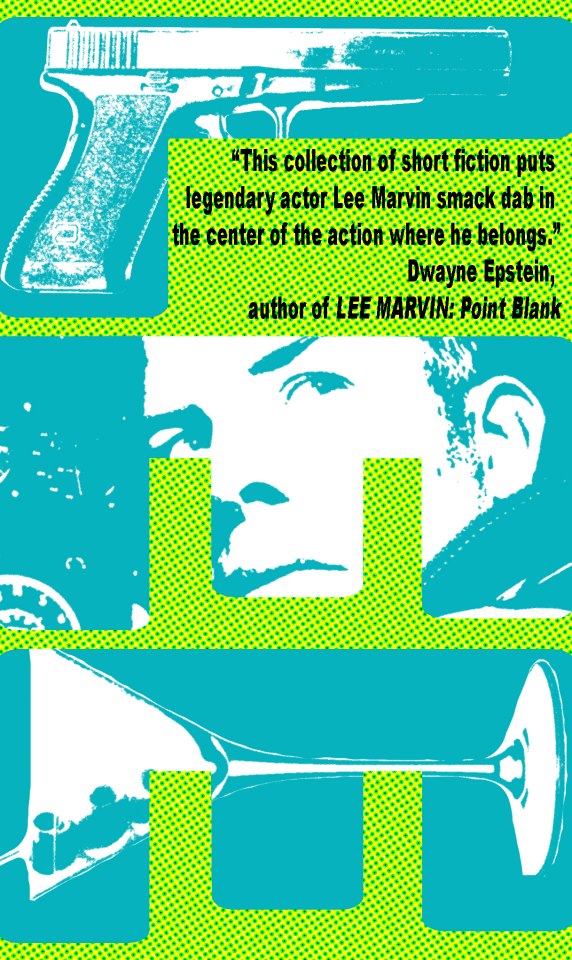Search
-
Recent Posts
- Dishing up Pulp Curry in a new way: why I am starting a Substack newsletter
- Book reviews: Deadly dames, midcentury Brit pulp and 1970s science fiction
- Mackenna’s Gold (1969): Gold, Ghosts and Frontier Violence
- Orphan Road book launch
- Orphan Road now available
- Pre-orders open for my new novel, Orphan Road
- Cover reveal: Orphan Road, my follow up to Gunshine State
- Breakfast in the Ruins podcast: New English Library Bikermania
- Why 1973 was the year Sidney Lumet took on police corruption
- Men’s Adventure Quarterly: Gang Girls issue
Categories
- 1960s American crime films
- 1970s American crime films
- 1980s American crime films
- 1990s American crime films
- Adrian McKinty
- Albert Dekker
- Andre De Toth
- Angela Savage
- Angie Dickinson
- Anthony Zerbe
- Asian noir
- Australian crime fiction
- Australian crime film
- Australian noir
- Australian popular culture
- Australian pulp fiction
- Australian television history
- Ava Gardner
- Beat culture
- Belmont Tower Books
- Ben Wheatley
- Billie Whitelaw
- Black pulp fiction
- Blaxsploitation
- Book cover design
- Book Reviews
- British crime cinema
- British pulp fiction
- Bryan Brown
- Burt Lancaster
- Carter Brown
- Charles Durning
- Charles Willeford
- Chester Himes
- Christopher G Moore
- Christopher Lee
- Cinema culture
- Claude Atkins
- Coronet Books
- Crawford Productions
- Crime Factory
- Crime Factory Publications
- Crime fiction
- Crime fiction and film from Africa
- Crime fiction and film from Cambodia
- Crime fiction and film from China
- Crime fiction and film from India
- Crime fiction and film from Indonesia
- Crime fiction and film from Japan
- Crime fiction and film from Laos
- Crime fiction and film from Latin and Central America
- Crime fiction and film from Malaysia
- Crime fiction and film from New Zealand
- Crime fiction and film from Scandinavia
- Crime fiction and film from Singapore
- Crime fiction and film from South Korea
- Crime fiction and film from Thailand
- Crime fiction and film from the Philippines
- Crime Fiction and film set in Vietnam
- Crime film
- Dangerous Visions and New Worlds Radical Science Fiction 1950 to 1985
- David Goodis
- David Peace
- David Whish-Wilson
- Derek Raymond
- Diana Dors
- Dirk Bogarde
- Don Siegel
- Don Winslow
- Donald Westlake aka Richard Stark
- Dystopian cinema
- Ernest Borgnine
- Eurocrime
- Fawcett Gold Medal Books
- Femme fatale
- Fernando Di Leo
- Filipino genre films
- Film Noir
- Forgotten Melbourne
- French cinema
- French crime fiction
- Garry Disher
- Gene Hackman
- George V Higgins
- Georges Simenon
- Ghost Money
- Giallo cinema
- Gil Brewer
- Girl Gangs, Biker Boys and Real Cool Cats: Pulp Fiction & Youth Culture, 1950-1980
- Gloria Grahame
- Gold Star Publications
- Gregory Peck
- Gunshine State
- Heist films
- Horror
- Horwitz Publications
- Humphrey Bogart
- Ian Fleming
- Interviews
- Ira Levin
- James Caan
- James Crumley
- James Ellroy
- James Hadley Chase
- James Woods
- Jim Brown
- Jim Thompson
- Joel Edgerton
- John Frankenheimer
- Joseph Losey
- Karen Black
- Kerry Greenwood
- Kinji Fukasaku
- Larry Kent
- Laura Elizabeth Woolett
- Lee Marvin
- Leigh Redhead
- Lindy Cameron
- M Emmet Walsh
- Mad Max
- Mafia
- Malla Nunn
- Martin Limon
- Megan Abbott
- Melbourne International Film Festival
- Melbourne Writers Festival
- Men's Adventure Magazines
- Michael Caine
- Michael Fassbender
- Mickey Spillane
- Monarch Books
- Ned Kelly Awards
- Neo Noir
- New English Library
- Newton Thornburg
- Noir Con
- Noir fiction
- Non-crime reviews
- Oren Moverman
- Orphan Road
- Ozsploitation
- Pan Books
- Parker
- Paul Newman
- Peter Boyle
- Peter Corris
- Peter Strickland
- Peter Yates
- Poliziotteschi
- Pulp fiction
- Pulp fiction in the 70s and 80s
- Pulp fiction set in Asia
- Pulp Friday
- Pulp paperback cover art
- Qui Xiaolong
- Raymond Chandler
- Richard Burton
- Richard Conte
- Robert Aldrich
- Robert Mitchum
- Robert Ryan
- Robert Stone
- Rock Hudson
- Roger Smith
- Rollerball
- Rosaleen Norton
- Roy Scheider
- Rural noir
- Sam Levene
- Sam Peckinpah
- Samuel Fuller
- Science fiction and fantasy
- Scripts Publications
- Sidney Lumet
- Sidney Poitier
- Simon Harvester
- Snowtown
- Snubnose Press
- Spies
- Stanley Baker
- Sterling Hayden
- Steve McQueen
- Sticking it the the Man Revolution and Counter Culture in Pulp and Popular Fiction 1950 1980
- Stuart Rosenberg
- Tandem Books
- Tart noir
- Tartan Noir
- Ted Lewis
- Toni Johnson Woods
- True crime
- Vicki Hendricks
- Victor Mature
- Vintage mug shots
- Vintage pulp paperback covers
- Wallace Stroby
- War film
- Westerns
- William Friedkin
- Woody Strode
- Yakuza films
- Yaphet Kotto
Nothing but noir
Recommended reading
The lurid world of pulp
- 20th century Danny Boy
- American Pulps
- Bear Alley
- Bloody, Spicy, Books
- Comics Down Under
- Everything second hand
- Existential Ennui
- Greenleaf Classic Books
- Irv O. Neil's Erotica is My Trade
- Killer Covers
- Lost Classics of Teen Lit 1939-1989
- Luminist Archives
- Men's Pulp Mags
- Mporcius Fiction Log
- Murder, Mayhem and Long Dogs
- Neglected Books
- Nocturnal Revelries
- Paperback Warrior
- Paperbacks of the Gods
- Pop Sensation
- Pulp artists
- Pulp Covers
- Pulp Crazy
- Pulp Flakes
- Pulp International
- Pulp Magazines Project
- Pulp Serenade
- Realms of the Night
- Romance Fiction Has a History
- Rough Edges
- Sin Street Sleaze
- Spy Guys and Gals
- The department of Afro American Research Arts & Culture
- The Dusty Bookcase
- The Haunted World of Richard Sala
- The Moon Lens
- The Nick Carter & Carter Brown Blog
- The Pulp & Paperback Fiction Reader
- Too Much Horror Fiction
- True Pulp Fiction
- Vault of Horror
- Vintage Nurse Romance Novels
- Vintage Romance Novels
- Welcome to the Pan Paperback
- Yellow and Creased
Support This Site
If you like what I do please support me on Ko-fi
Category Archives: New English Library
Pulp Friday: witches, warlocks and drums of the dark gods
“A Horrifying excursion into a world ruled by the prince of darkness”
We don’t do Halloween in Australia, but it’s as good an opportunity as any to post some of the terrific occult pulp paperbacks covers I’ve collected over the last few months.
The supernatural and occult were major pre-occupations of popular culture in the sixties and the first half seventies. I am not exactly sure why, but some observers have linked it to regular outbreaks of witch mania that historically coincided with periods of major social change and dislocation.
Occultists, witches, Satanists, ruled much of the cinema screen. As was often the case, relatively highbrow offerings, Roman Polanski’s 1968 film Rosemary’s Baby, The Exorcist (1973) and The Omen (1976), coexisted along side more sensationalist exploitation fare. Devil’s Rain (1975), Brotherhood of Satan (1971), The Witches (1966) and Race with the Devil (1975), are just some of the many, many examples.
And where cinema went, pulp fiction followed. Old stories were spiced up, new ones penned in rapid succession.
Rest in Agony concerns what transpires when a husband and wife discover a little black book that reveals their dear deceased Uncle Amby lived a secret double life as a Satanist. Not surprising when some of his mates included Vandal James “Satan’s playmate” and Amora Cartwirght “Goddess of dark waters”.… Read more
Posted in Ben Wheatley, Horwitz Publications, Monarch Books, New English Library, Pan Books, Pulp fiction in the 70s and 80s, Pulp Friday, Pulp paperback cover art, Scripts Publications, Vintage pulp paperback covers
Tagged Dennis Wheatley, Monarch Books, Occult Pulp, Omen (1976). The Exorcist (1973), Race with the Devil (1975), Rosemary's Baby (1968), The Witches (1966), Voodoo, Witch craft pulp
Pulp Friday: interview with Iain Mcintyre, author, Sticking it to the Man!
Today’s Pulp Friday is a fascinating interview with Melbourne-based social historian Iain McIntyre, author of a new book, Sticking it to the Man! Pop, Protest and Black Fiction of the Counterculture, 1964-75.
Sticking it to the Man! is a roller coaster ride through the lava lit streets of the counter-cultural pulp fiction of the late sixties and early seventies, a time when hippies, bikers, swingers and revolutionaries replaced cops and private detectives as pulp’s stable characters.
The book contains 130 reviews of pulps from the period covering all the major sub-themes: drug use, bikers, sleaze, blaxsploitation, hippies and dystopian science fiction. It also includes the covers in all their dog eared, price marked glory. It’s through books like this that the hidden history of pulp fiction is gradually pieced together. Sticking it to the Man! is a must read for every serious pulp fiction afficiando.
You can buy Sticking it to the Man! here. Copies will also be on sale at the launch of Crime Factory’s Hard Labour anthology, this coming Monday, October 8. Iain will also be talking about his book at the launch.
What is it about pulp fiction between 1964 and 1975, the period covered in your book that you find so interesting?
I’ve long had an interest in troublemakers, militants and odd-balls, and this was a period in which those normally relegated to the margins were able to have a major impact on culture and society.… Read more
Posted in Australian pulp fiction, Chester Himes, Gold Star Publications, New English Library, Ozsploitation, Pulp fiction, Pulp Friday, Pulp paperback cover art, Robert Stone, Scripts Publications, Vintage pulp paperback covers
Tagged 1964-75, Blaxsploitation pulp, Carl Ruhen, Chester Himes, Counter cultural pulp fiction, Dave Wallis, Dog Soldiers, Dykes on Bikes, Gil Scot-Heron, Give Me Money, Gold Star Publications, Harlan Ellison, Horwitz Publications, Iain McIntyre, Joe Haldeman, John Brunner, John Love, Michael Moorcock, Only Lovers Left Alive, Operation Hang ten, Patrick Morgan, Protest and Black Fiction of the Counterculture, Robert Stone, Scripts Publications, Sex A-Go-Go, Sticking it to the Man: Pop, The Crucifiers, The Final Programme, The Forever War, Ursula K Le Guin, William Bloom
Fifty Shades of Pulp
 There’s been a lot of on-line talk lately about so-called ‘New Pulp’, what it is, who’s in, etc. It’s an interesting debate and one, as a fan and aspiring pulp hack, I’m happy to see occurring. What has surprised me is how this discussion has fed into my thoughts about another hotly debated issue on the Internet at the moment, the publishing sensation known as Fifty Shades of Grey.
There’s been a lot of on-line talk lately about so-called ‘New Pulp’, what it is, who’s in, etc. It’s an interesting debate and one, as a fan and aspiring pulp hack, I’m happy to see occurring. What has surprised me is how this discussion has fed into my thoughts about another hotly debated issue on the Internet at the moment, the publishing sensation known as Fifty Shades of Grey.
Don’t get how the two are linked? Here goes.
Very few commentators have been bold enough to offer up a definition of New Pulp, which is probably just as well as by its very nature it’s all over the place. I’m certainly not going to try and do it here.
The guy who kicked off the most recent round of talk, Damien Walter, a writer with The Guardian newspaper in the UK, defined it as “fiction written with the same sensibilities, linear story telling, patterns of conflict, and creative use of words and phrases as original pulp, but crafted by modern writers, artists and publishers.”
Which sounds to me a lot like ‘Old Pulp’ only it’s being published now.
Let me try and summarise what else people have had to say on the subject.
New Pulp is about pace. Not just in terms of plotting but the speed with which it’s written.… Read more
Pulp Friday: biker pulp
“Lusting females with sadism and sex on their mind.”
Bikers were one of the major themes of pulp fiction in the late sixties and seventies.
Society’s fascination with bikers obviously dates back much further than this, but by the late sixties it had well and truly seeped into popular culture, thanks to the well publicised violence at Aldamont, movies like Easy Rider (1969) and the success of Hunter S Thompson’s 1965 gonzo journalism classic, Hells Angels.
Australia was no exception to this trend, with concerns about law and order arising from the growth of the counter culture and the popularity of movies like Stone (1974) and Mad Max (1979) resulting in our own fascination with bikie culture.
The result was wave of pulp novels focusing on the exploits of outlaw biker gangs and the cops trying to break them. The books mirrored mainstream society’s fascination/loathing of bikie culture, real and imagined, mixed with lashings of gratuitous sex and hard-core violence.
Wheels of Death (1975) and Bikie Birds (1973) are two Australian examples of biker pulp fiction. Both were written by Stuart Hall, who penned approximately 45 pulp novels between 1970 and 1980, including a number of biker pulps for Scripts, the adults-only inprint of Sydney-based pulp publisher Horwitz Publications.
In addition to writing about the denim clad male members of these bikie gangs, Hall devoted considerable attention to the women (or ‘birds’ as women were often referred to in popular working class Australian slang) who rode with them, characters every bit as sexually loose and violent as their male counterparts.… Read more
Posted in Australian crime fiction, Australian pulp fiction, Fawcett Gold Medal Books, Horwitz Publications, New English Library, Pulp fiction, Pulp fiction in the 70s and 80s, Pulp Friday, Pulp paperback cover art, Scripts Publications, Vintage pulp paperback covers
Tagged Alex R Stuart, Angels on My Mind, Bikie Birds, Bikie Rumble, Birds of Destruction, Blood Circus, Easy Rider (1969), Fawcett Gold Medal Books, Hells Angels, Hip Pocket Sleaze, Horwitz Publications, Hunter S Thompson, Jon Harrison, Mad Max (1979), Mick Norman, New English Library, Scripts Publications, Stone (1974), Stuart Hall, The Devil's Rider, Thomas K.Fitzpatrick, Vengeance is a Woman, Wheelie, Wheels of Death






















